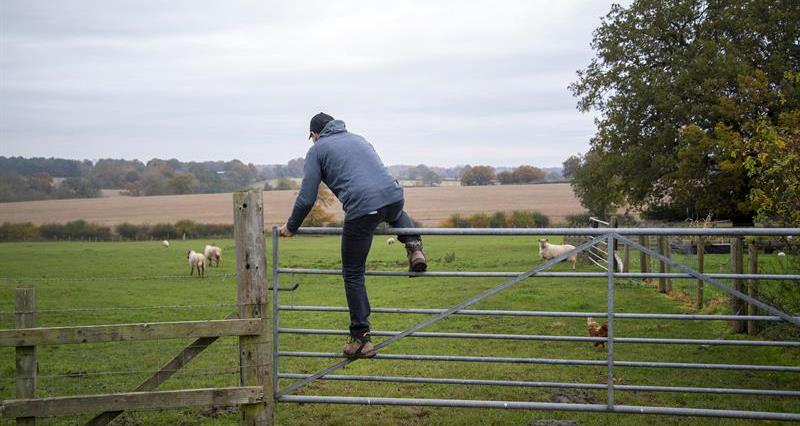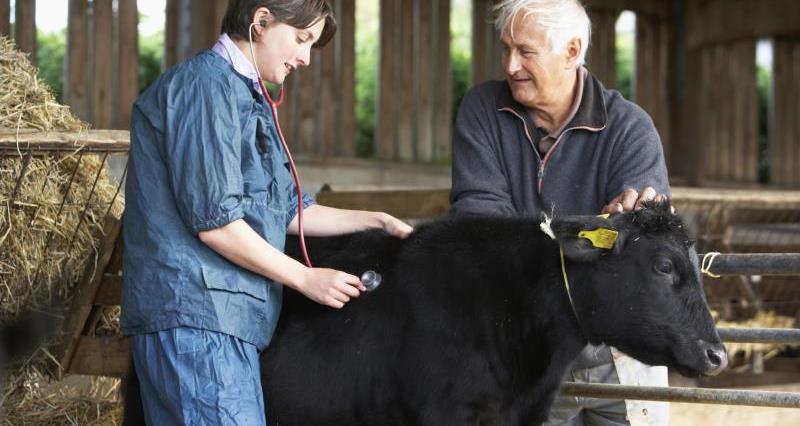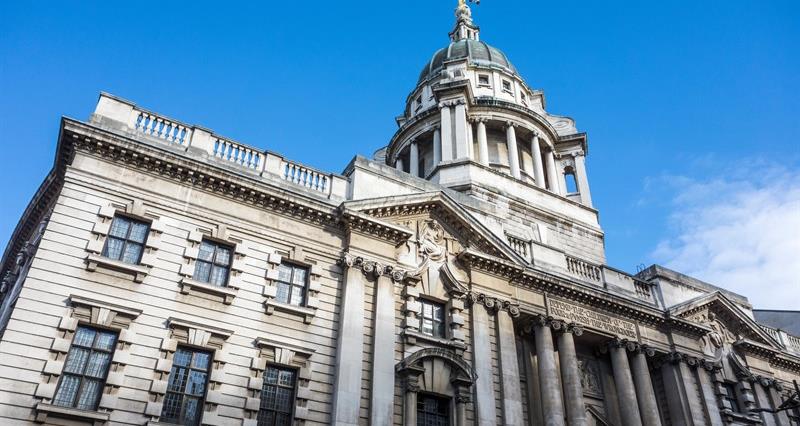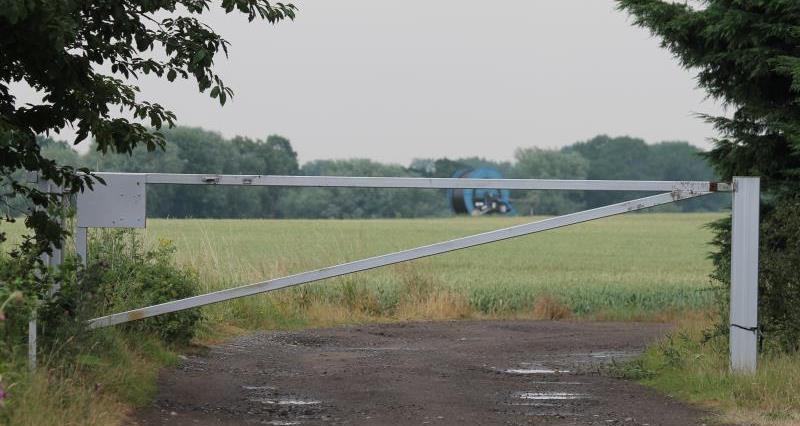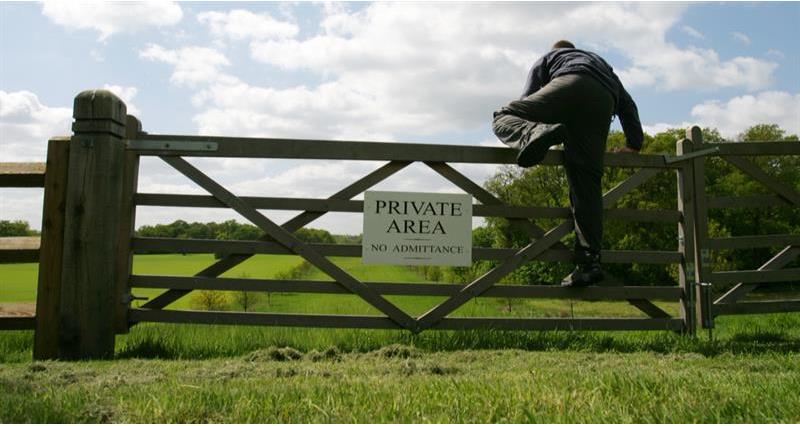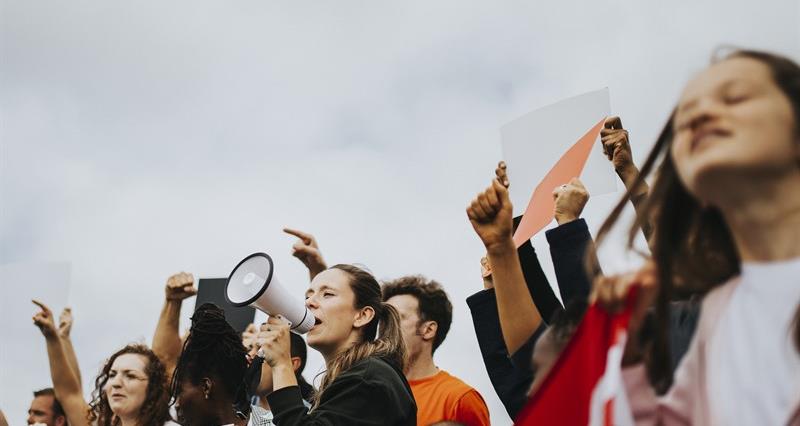The steps that you need to take following an incursion will depend on your specific circumstances, but set out below are things you might want to consider if it happens to you.
Contact the police, if you have not already
Use the What to do if you need the police guidance (the standard police reporting procedure) if you need to contact the police.
Make sure that you explain exactly what has happened, including the extent of any damage. Have in mind criminal offences that you think may have occurred.
Should you engage with activists?
Do not engage with activists any more than necessary. If you choose to confront them, film the interaction (do this yourself or ask someone else to) as long as it is safe to do so.
- If you come across activists on your farm, remain calm and ask them to leave.
- If they refuse to leave, remove yourself and staff quickly and lock all other sheds to prevent them entering.
- Be aware that the activists may be filming. It is important to remain calm and to not respond aggressively, however much they provoke you.
- Report the incident to the police (but remember, trespass is not a crime and so the police may not have authority to arrest a trespasser, but may attend to ensure the situation remains peaceful). Dial 101 for non-emergencies or 999 if there is immediate danger to people or livestock and follow the what to do if you need the police guidance.
What should I do if I feel threatened by protestors on my farm?
If you feel threatened, contact the police and follow the what to do if you need the police guidance.
For further advice, please visit our advice on how to reduce the risk of activism at: 91≤÷Ņ‚ | Activists ‚Äď reducing the risk.
Sit-in protests
Sometimes activists may form sit-in protests, where a group of people occupy an area for a protest and refuse to move unless their demands are met. If this takes place on your farm, you will likely be frustrated and may be prevented from carrying out certain jobs. You should try to remain calm and follow the guidance above on whether to engage with activists, and report the incident to the police.
It is important to report and provide all details to the police as offences may be being committed. For example, intentionally disrupting, intimidating or obstructing you from carrying out your day to day work may be ‚Äėaggravated trespass‚Äô, which is a criminal offence.
Public rights of way and protesters
If you have a public right of way (including footpaths) on your farm, you may find that protesters pass over it.
Members of the public have the right to pass and repass over public rights of way, and this applies to protesters too so long as their use of it is peaceful and unobstructive.
A protestor will however most likely be trespassing if they:
- Act in a way that is not peaceful;
- Wilfully obstruct a public right of way;
- Divert from the public right of way onto your private land; or
- Pass across the route by means not authorised for that type of public right of way. For example, public footpaths can only be passed by foot, but not horse, bike or motor vehicle.
If you find that protesters trespass upon your land, or are passing over public right of way in a manner that causes you concern or distress, visit our page on activists and what the law says, which sets out the various options available to you.
Driving safely past protests
Driving past large groups of people can be stressful and it is important to keep calm and alert to protect your safety and the safety of pedestrians. Here are tips to help you deal with driving near protests:
- Plan ahead. If the date and time of protests are known, avoid unnecessary travel or if possible, select an alternative route to avoid gatherings.
- If the route is blocked, consider turning round and completing the journey at a later time when the route is clear.
- Report emerging situations to the police. Ask for advice and follow it.
- If travel past a protest cannot be avoided:
- Lock doors and close windows.
- Keep a low profile by turning off audio systems, drive slowly and steadily to clear the area without incident as quickly as it is safe to do so.
- Avoid distractions in the car or cab.
- Stay alert and watch out for pedestrians in the path of travel. Keep a look out for vulnerable people, especially children and others with reduced mobility.
- Be ready for sudden and unexpected pedestrian movements.
- If driving in a tractor or other large vehicle, be mindful that pedestrians may not be familiar with the size of farm vehicles, driver blind spots, or the way that trailers articulate when turning.
Remember: Avoiding a protest whenever possible is the safest course of action.
What is the law relating to protests?
Remember, peaceful protests are completely lawful, which means that the powers of the police to deal with such situations are limited. Peaceful protests should not blockade access to premises or involve intimidation or harassment of those working for a business.
The police will not usually attempt to disperse a peaceful protest, but may attend to ensure that the peace is maintained. When talking to the police it is important to be specific about the nature of the problems you experience so¬†they are able to respond appropriately to the situation. Read our¬†guidelines on contacting the police.Őż
Where activists go beyond peaceful protests, there are a number of other legal tools that can be considered. For more information, read our advice on: Activists ‚Äď what the law says.
Engaging proactively with the police for planned protests  
Organised protests can be disruptive and distressing, especially if they are carried out near your property or at your place of work. Below is¬†guidance on how best to engage with the police when faced with planned protests.Őż
Preparing for planned protests on or near my farm
- As soon as you are made aware of a planned protest, it is sensible to inform the police and seek guidance as to the best course of action for the day of the protest. You could contact your neighbourhood policing team, by finding details on your police force’s website, or dial 101.
- The Crime Reduction Officer at your local police force should be able to advise you about preparations, such as video surveillance and physical barriers to entry.
- On the day, if things escalate and there is no police presence, then you should dial 999 and request immediate attendance.
See our other activism pages
